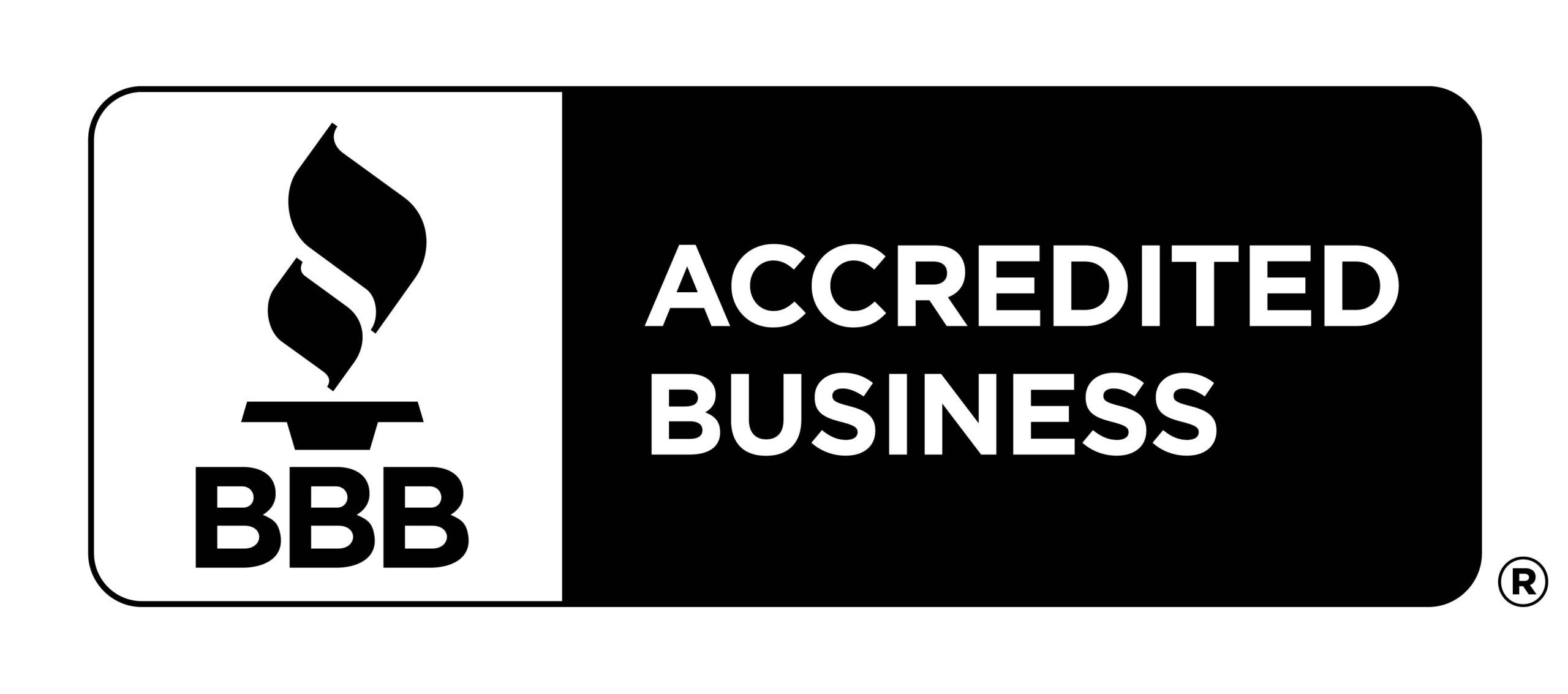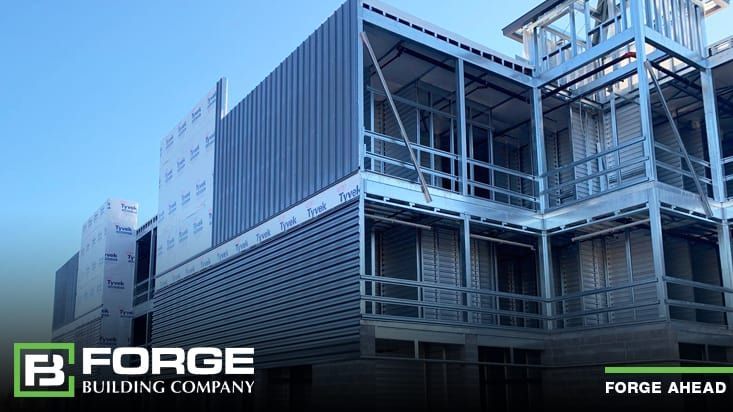
With the self storage market booming, many investors are jumping in or expanding on existing facilities they own. Whether this is your first build or fiftieth, self storage facilities are designed and operated much differently than other real estate product types. So, before you start planning and building a self storage facility, there are some common mistakes you will want to avoid.
The team at Forge Building Company has repeatedly witnessed many of the same construction mistakes when the property owner didn’t hire someone with industry experience (like Forge) to oversee the development. Common design and construction mistakes can cost a self storage owner a lot in extra expenses, and possibly long-term financial losses, because these mistakes can’t be easily corrected. Let’s take a look at these common mistakes and how to avoid them.
Choosing the Right Site and the Right Design
From the onset, some of the biggest mistakes are made in site selection and design – from choosing the right site and land for development to determining unit mix. Here’s how to avoid these mistakes.
- Choosing the wrong location: Location is key. Therefore, it is strongly recommended that a feasibility study be conducted prior to purchasing.
- Overlooking market competition: Understanding local competition is also key. Your revenue will be based on how many heads live in the area divided by how many square feet of self storage is available within a certain radius. That’s why it is key that you understand the competition before investing. Research what other self storage projects may be in the planning stages or under construction in the area in which you are looking to invest. Also, consider calling local planning departments in adjacent towns to get a better understanding of regional competition.
- Choosing odd-sized buildings (or designing the building incorrectly): Raw building material comes in even, 10-foot lengths. Therefore, 10-foot increments should be used for the building dimensions in order to minimize waste.
- Failing to include variety in unit sizes: When building a self storage facility, it is important to include a variety of sizes for faster lease-up and more profit. In our September 29, 2022 blog “Determining the Right Unit Mix,” we discuss how to determine the right unit mix for your location.
On average, here’s an ideal 100-unit ratio for a new facility:
- Failing to include sample units near the office: By adding one of each size unit that you offer will enable you to easily take potential tenants for a site tour . This helps them determine the size unit they need without walking all over the facility.
Before the Build – It’s all in the Planning
Before you start your build, here are some of the very basic mistakes that can be completely avoided with proper planning and communication.
- Going in without all details in your site or operational plan: This plan should include phases, location of the signage, and any approvals needed from the city planning board.
- Not understanding the utilities available and needed to operate the property: Part of the due diligence process should be to evaluate the utility capacity in the area. Facility owners that need to bring in utilities to a site where they do not yet exist can be time-consuming and expensive, involving coordination with utility providers and the local municipality.
- Not understanding ingress/egress allowable to the project: When a property is purchased, many investors often assume they will be able to immediately enter and exit to use the property. This is not always the case. Others may also need or have a right to ingress or egress on your property. If proper care is not taken to understand and secure these rights, it could spell disaster for your self storage development project.
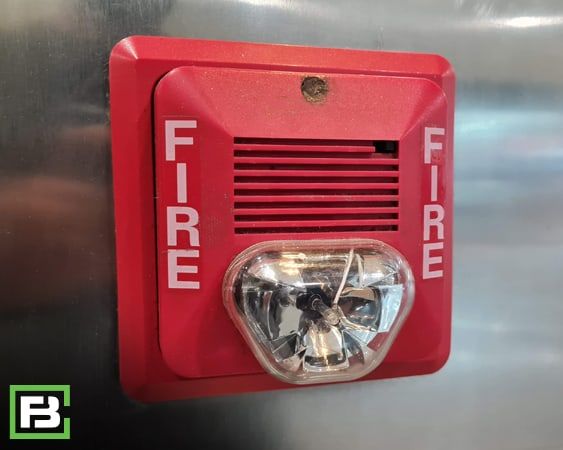 Not understanding fire code and fire hose access: It is key for property owners to fully understand fire code and provide fire department access roads that are up to code, which allow a quick response time.
Not understanding fire code and fire hose access: It is key for property owners to fully understand fire code and provide fire department access roads that are up to code, which allow a quick response time.- Ensuring the driveway radius is the right size: Property owners need a minimum of 25 feet for cars and an entrance radius of 45 feet for large moving vans and boat and RV storage.1
- Lack of contractor specifications: It's super important to include specifications for bidding and construction. You need to get everything in writing, especially any plan changes and associated fee changes. The proposal should include the contractor’s payment schedule as well as any holdbacks.
- Not being conservative enough with your pro forma: One common mistake that self storage developers often make is padding the pro forma too much. Overshooting revenue projections, underestimating expenses, overestimating occupancy growth and overlooking potential tax increases. Several miscalculations can completely ruin a business plan. It is best to be overly conservative with expenses, rents, occupancy, and revenue growth projections.2
- Overlooking specific ordinances that could impact your project: Municipal regulations are constantly changing, and many cities are adopting ordinances intended to promote sustainability, protect trees, enhance landscaping, and prevent stormwater runoff. It is super critical to understand these ordinances so that you don’t plan to do something that could end up costing you tens of thousands of dollars to fix.
- Using a developer without self storage experience: Working with a company such as Forge Building Company, you can ensure that the best architects, engineers, and contractors are working on your project and that all understand the nuances of the self storage industry.
- Underestimating the time it will take to complete your development: Delays can be caused anywhere along the way – from finding the land to creating the site plan and building design, to gaining municipal approvals and financing, to the bidding and construction. Understanding this and being prepared for any setbacks will help you watch your project enfold on track.
The Building Process
As you’re building your facility, it is key to keep in mind that your facility should be welcoming, easy to see, and easy to access. Here are some mistakes to avoid in this area.
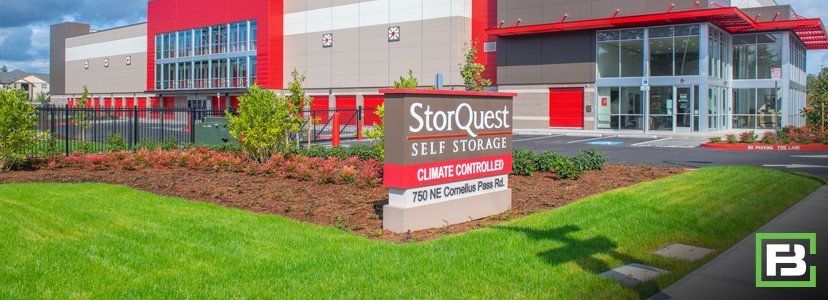
- Signage too small and designed poorly: Potential clients that cannot see your signage and cannot find you are likely to move on to your competition. Proper signage that is well designed and lit will draw in more potential business to your facility.
- Office sales office not managed well: Ideally your sales office should be managed during the building process to capture those driving by. As it is being built, it should also be well lit and accessible from outside the security gate and perimeter fencing to enable potential clients to easily park.
- Not investing in the landscaping: You only have a few seconds to make a great first impression when a potential clients drives by your facility. What makes it stand out? Manicured grass and nice landscaping are a must for curb appeal so that you can attract the right clients.
Other Considerations when Planning and Building a Self Storage Facility
What other areas do you need to think about when planning and building a self storage facility? Here are a few other mistakes that can easily be avoided.
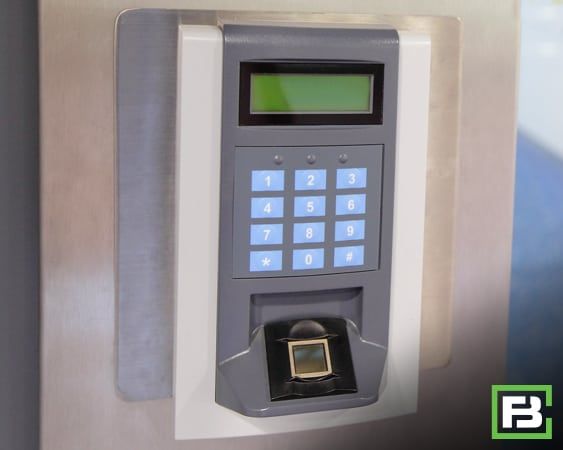
- Not ensuring your facility is secure: As a property owner, the bare minimum for your facility should include perimeter fencing, computer-controlled access gate, site lighting, and cameras.
- Not ensuring your facility is well lit and visible from the road: There should be plenty of lighting around the property and a light at the site entrance. In addition, there should be up-lighting to highlight your facility from the road.
- Problems with the access keypad and the gate: Often times the keypad location is set before the access gate is put in place. It is imperative for your developer to stake out the gate opening and keypad, then do a check with vehicles before it actually gets installed. It is also key for your developer to ensure that the gate safety trip wire works properly before you open the doors to the public.
Avoiding these common mistakes when planning your next self storage project, will ensure you build it right and enjoy a long and successful investment for years to come.
Works Cited
1. Goodin, M. (2014, July 23). Inside Self Storage. Retrieved from Insideselfstorage.com: https://www.insideselfstorage.com/security/25-design-and-construction-mistakes-self-storage-owners-and-developers-should-avoid
2. Reliant-mgmt.com. (n.d.). Retrieved from Reliant Real Estate Management, LLC: https://www.reliant-mgmt.com/self-storage/top-20-mistakes-in-self-storage-investing


 Not understanding fire code and fire hose access: It is key for property owners to fully understand fire code and provide fire department access roads that are up to code, which allow a quick response time.
Not understanding fire code and fire hose access: It is key for property owners to fully understand fire code and provide fire department access roads that are up to code, which allow a quick response time.

